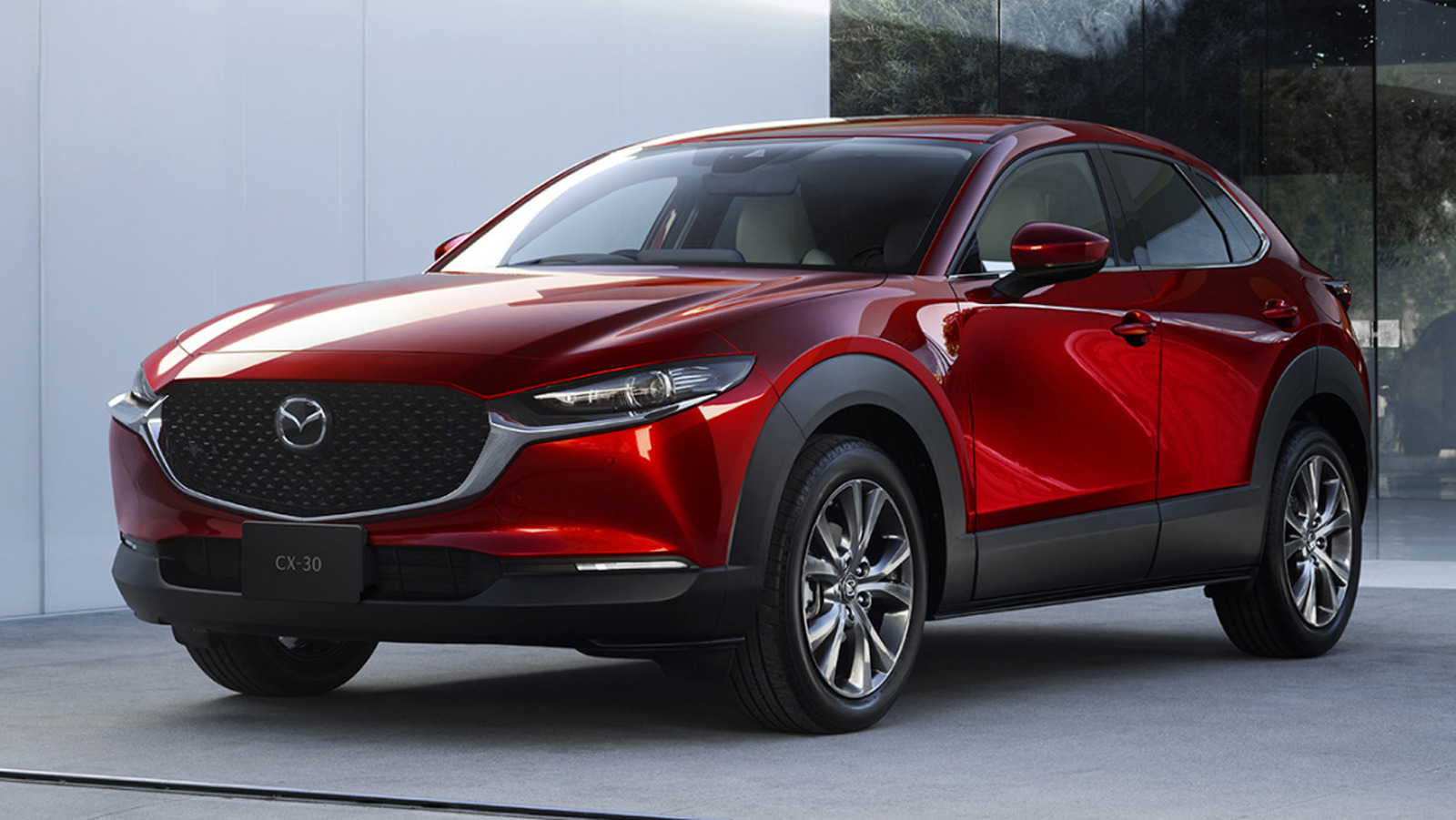From Ford’s EcoBoost to Audi’s Quattro, the car world is filled with trademarked terms intended to put the unique selling point of an automaker’s vehicles front and center. Mazda’s Skyactiv is no different, as the Japanese manufacturer offers a raft of advanced technologies intended to improve fuel efficiency and driving dynamics. It can be a confusing concept to grasp as the features and the resulting benefits differ between Mazda models.
The easiest place to start with Skyactiv is the beating heart of any internal combustion vehicle: the engine. Mazda aimed to combust fuel with each cylinder as efficiently as possible. To aid the process and prevent knocking, cavities are carved out in the pistons, and the multi-hole fuel injectors are used to ensure precision. The Skyactiv-G family of engines, launched in 2011, has extremely high compression ratios, as high as 14:1. For comparison, General Motors’ current LS motors have compression ratios settled around 10:1.
Skyactiv doesn’t just stop with the engine
Other Skyactiv technical advancements include the body, chassis, and transmission. Mazda claims its initial Skyactiv automatic transmission offered a 4-7% improvement in fuel economy. The Skyactiv-Body is 8% lighter and 30% more rigid compared to previous designs, as Mazda attempted to make each section of the frame as straight as possible. The same push for lightness and rigidity included the chassis, which saw a 14% percent weight reduction.
It took over 130 patents to cover the technologies used in the original Skyactiv engine, and Mazda hasn’t stopped pushing for more efficiency. In 2017, Mazda revealed the Skyactiv-X engine was the first commercially-available power plant to use spark-controlled compression ignition. The innovative process combines elements of both gasoline and diesel-fueled engines. During the engine’s cycle, the initial fuel-air mixture is too lean for spark ignition. However, near the top of the compression stroke, additional fuel is injected near the spark as quasi-kindling to kick-start ignition. The engineering artistry isn’t just meant to pull dollars out of wallets. European regulators found the two-liter inline-four Skyactiv-X engine could get 50 miles per gallon in the Mazda 3.



